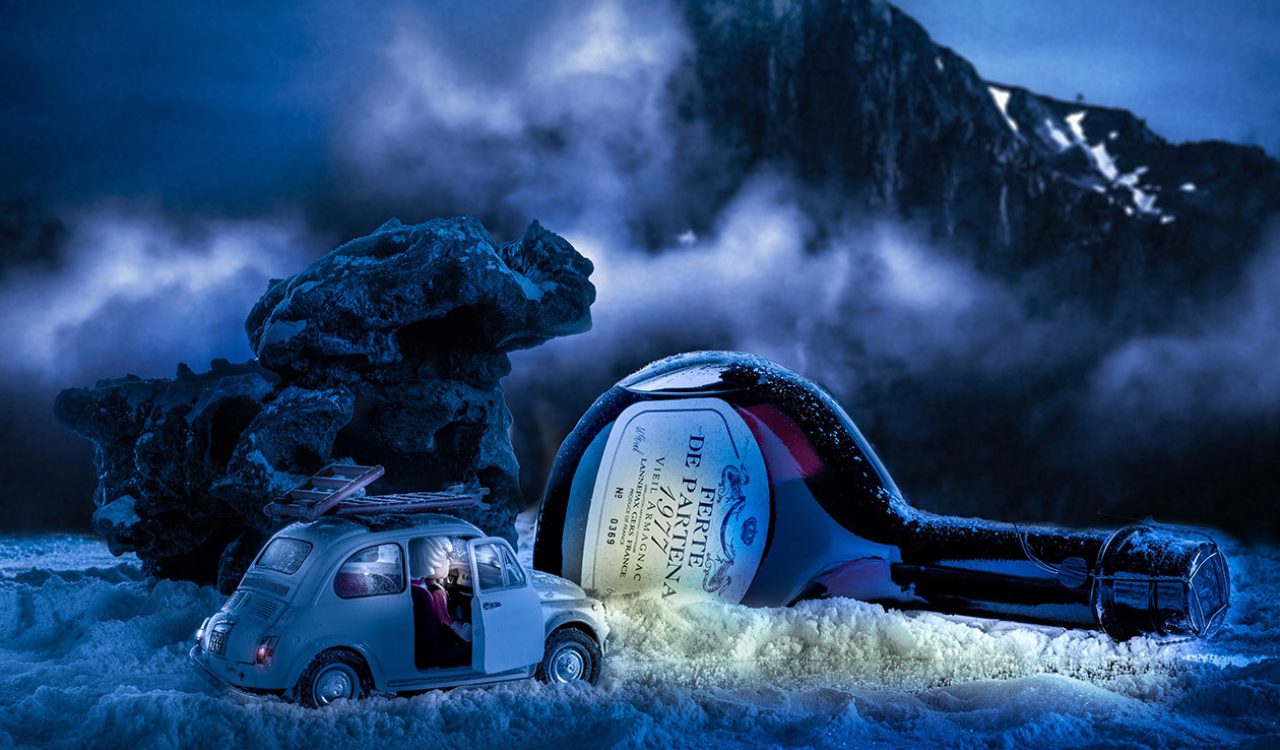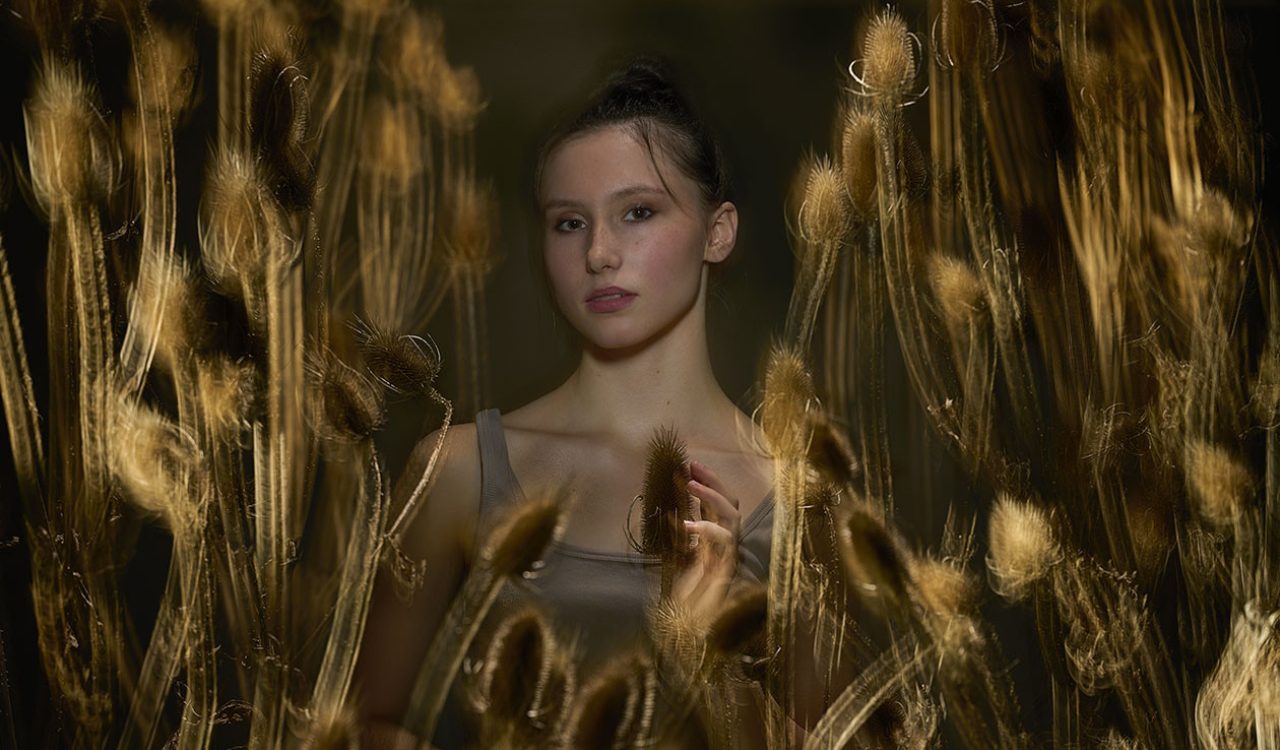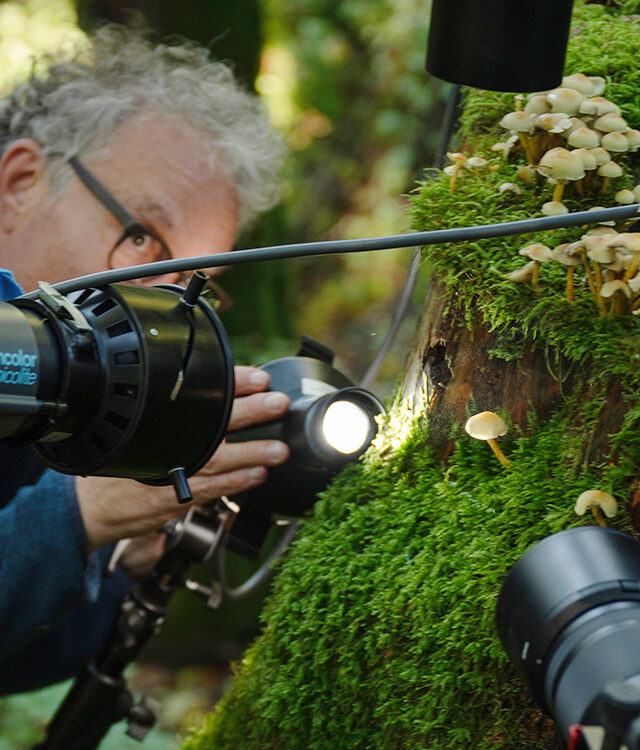At first sight, silverware and a butterfly collection don't have much in common ... but the specimens that conservation and restoration specialists at HE-Arc are studying have quite a bit in common: they date back to the 19th century and have a surface structure that contains information that is very difficult to recognize.
Despite aging and decay, these are still visible to Reflectance Transformation Imaging (RTI), a computer-assisted photography technique developed in the 2000s. The principle behind it?
A fixed camera takes multiple images of an object, also static, in different lighting situations; software then combines all the information recorded by the camera into a virtual image that is a synthesis of all the other images.
The dome method is a variant of RTI that the HE-Arc team uses to conduct its tests using broncolor's Scope D50 surface visualizer. A standard photo camera mounted on top of the rigid 50-cm-diameter hemisphere captures an image of the object below each time one of the 48 light sources located on the dome's inner surface is turned on.
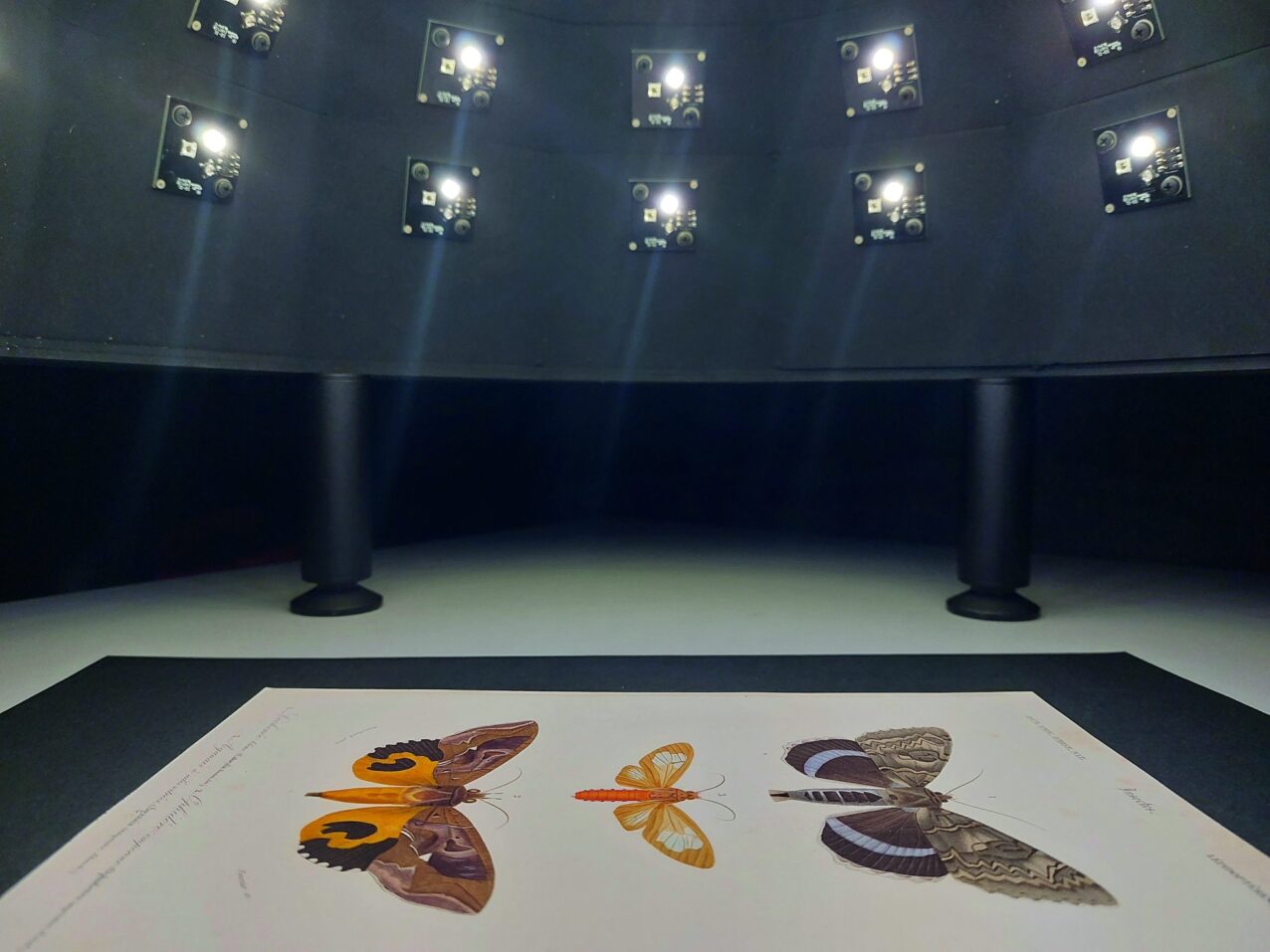
The compilation and computer processing of the 48 images reveals on the "final" image partially faded or even unsuspected information that had the opportunity to be captured by the different light angles.
"It is now possible once again to read on the surface of the object. The distracting shine of silver, for example, is distorted by the light and softened by computerized image processing," explain Laura Brambilla, a professor at HE-Arc, and Alexandra Lefebvre, a conservator and restorer of metallic and technical heritage who is collaborating on the project. On old tableware appear traces of use, caused by daily use, or inscriptions and stamps that have been partially removed by an equally frequent cleaning.
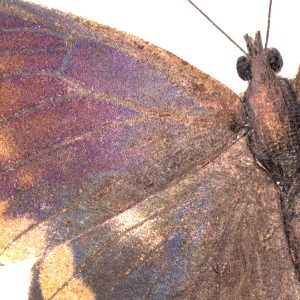
At the time when silverware was placed on large tables, lepidochromy was in fashion. This technique, in which the wings of butterflies were "traced" on paper, was practiced by skilled amateurs. By characterizing the wing structure on the collectors' picture plates, the RTI reveals the tiny scales that make them up, attesting that the picture plates were indeed made with lepidochromy and not painted with watercolors, as one might initially suspect.

The collections of 19th-century silverware come from the Musée historique de Lausanne; the lepidochromie plates from the Musée du Muzoo in La Chaux-de-Fonds, where they were discovered by chance in 2018. Collections of butterflies made with this forgotten technique remain rare; some are said to be in the natural history museums of Nancy, Paris and Besançon (Citadelle), where RTI examinations could be proposed by HE-Arc specialists to establish their authenticity with certainty.
Website: https://endirect.univ-fcomte.fr/
Original Article: https://endirect.univ-fcomte.f...




